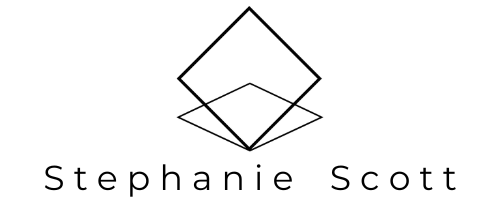Art Book Club: Interaction of Color
Interaction of Color
by Josef Albers
★★★★☆
My first exposure to Albers studies on color was in a class I took at Gage Academy back in 2017. My teacher, Jeffery Simmons, had us spend a week on each of the major colors and their variations. In the first week we studied Red and my teacher read us this quote.
“If one says “Red” (the name of a color)
and there are 50 people listening,
it can be expected that there will 50 reds in their minds.
And one can be sure that all these reds will be very different.”
Just that short statement changed my relationship to abstract art and how color manipulates how we see. I immediately bought this book. “Interaction of Color” is one of those books that will change your approach color in a fundamental way- if you do the exercises within. The exercises walk you through many common problems visual artists come across relating to color, plus give you eye opening insights for using color relationships to your advantage.
One flaw this book has is it’s lack of clarity. The exercises are vague and are explained as if they have already been taught. I think this is on purpose. It’s designed to be learned in a classroom setting where there can be ample dialogue around the results. I tried to do some of the examples by myself, but soon got frustrated wondering if I was “doing it right”.
To get the full experience of the book, I recommend finding a class that will teach it. If there isn’t a class in your area, this is a recorded class you can watch and participate along with. Note: You will need a variety of colored paper. These Color-aid sets are perfect for the task.
Quote on black and white tonal scales: “The softer the steps appear, and the more equal the steps are, the more valuable and convincing the study.” - Interaction of Color, Page 16
Earth Tone Study
In the picture, “Earth Tone Study” I was experimenting with things I had learned from Josef Albers book, specifically getting one color to look like another depending on what it was next to. I think my favorite part of reading this book was how super powered I felt when using colors as a tool, instead of accidentally.
Quote on after-images: “The fact that the after-image or simultaneous contrast is a psycho-physiological phenomenon should prove that no normal eye, not even the most trained one, is foolproof against color deception. He who claims to see colors independent of their illusionary changes fools only himself, and no one else.” - Interaction of Color, page 23
Overall, this book is an excellent addition to your art-book shelf and the lessons included are exceptionally valuable to the visual artist. Highly recommend reading and doing the exercises!
The next book we are reading is:
Hawthorne on Painting by Mrs. Charles W. Hawthorne
NOTICE: There is no book club meeting in May! The next one is on June 12th, which mean’s you’ll have two months to read the book.
Want to come to The Art Book Club? Follow me on Twitch and come watch Second Sundays at 3pm Pacific!




